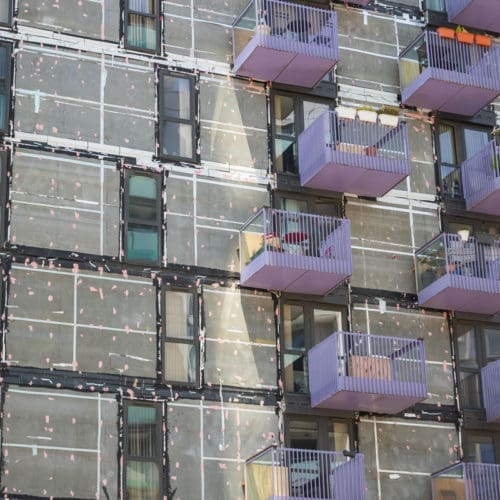Building Safety and Medium-Rise Buildings
August 2023The Government has recently launched the Cladding Safety Scheme (CSS), a fund for addressing life safety risks associated with cladding on residential buildings over 11 metres in height (or 11-18 metres in height if the building is in London).
The CSS forms part of the broader suite of building safety measures implemented in recent years, including the Building Safety Fund, and the Building Safety Act 2022.
The Government has published a detailed overview on the CSS. The key points to note are that:
- The CSS will support applications where the applicant cannot afford to carry out works themselves, or feel it is not their responsibility to do so. The applicant must prove they are legally responsible for the external repair and maintenance of the building.
- The CSS only applies to wholly residential or mixed use residential/commercial buildings over 11 metres in height, whether they are in the private or social sector.
- Once an initial application is submitted, an applicant is required to obtain a Fire Risk Appraisal of External Walls (FRAEW). That FRAEW must be performed by an individual on CSS’ panel of Fire Risk Assessors and carried out in accordance with the methodology in PAS 9980:2022.
- The CSS will not fund applications for buildings where a developer has agreed to fund works in accordance with the Developer Pledge.
- Where the Developer Pledge does not apply, funding can be sought from the CSS. However, applicants are expected to take reasonable steps to pursue developers and other parties (eg. insurers, warranty providers, contractors, and other professionals involved in the original construction). This is not a new requirement, as it has applied to all previous funds.
- The CSS will only fund works recommended in the FRAEW to address life safety fire risks associated with cladding or the external wall system. Recommendations in an FRAEW intended for other purposes (for example, to ensure compliance with Building Regulations, address general building defects, improve EWS ratings or maintenance works) will not be funded. The CSS will also not fund interim measures such as waking watch.
In many ways, the key features of the CSS replicate those set out in other funding mechanisms, such as the Building Safety Fund.
However, the fact that the CSS will not fund works beyond those recommended in the (mandatory) FRAEW to address life safety fire risks associated with cladding or the external wall system is of note. This strongly suggests that a proportionate and risk-based approach to any works is to be preferred. Put another way, the focus appears to be on works identified as necessary to ensure the health and safety of residents, rather than strict compliance with Building Regulations or defects in the original construction.
Download PDF








